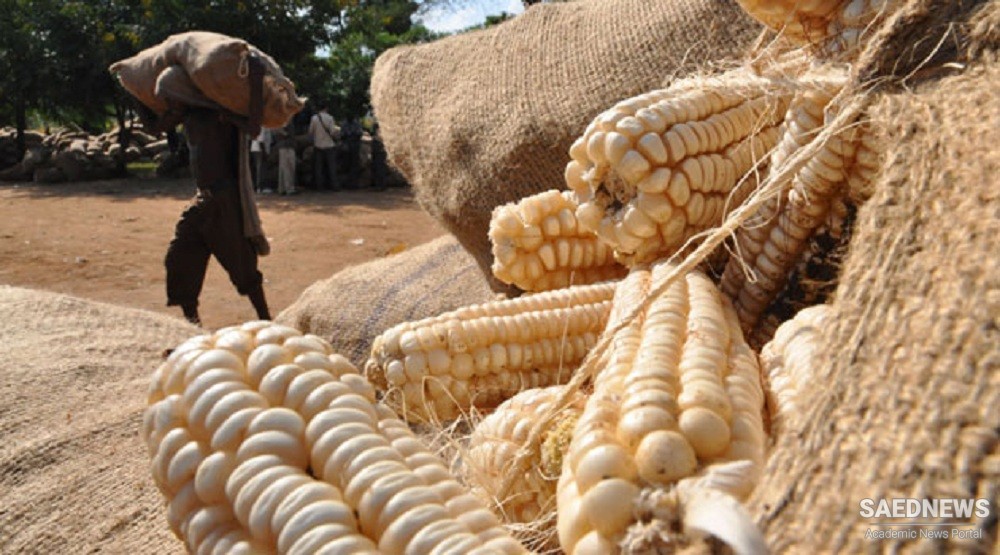The idea of a world food reserve was revived in 1954–55 when the UN General Assembly requested the UN secretary-general to invite FAO to prepare "a factual and comprehensive report on what has been done and is being done [regarding]: (a) the feasibility of establishing a world food reserve within the framework of the United Nations, [and] (b) the feasibility of such a reserve acting as an institution which could contribute to relieve emergency situations and to counteract excessive price fluctuations." In making its request, the UN General Assembly resolution noted that ‘no factual report has been made dealing comprehensively with ‘[these subjects]’ and expressed ‘its appreciation of the valuable work being done in these fields by the Food and Agriculture Organization’. The resolution referred to the need for national and international action to meet four main objectives: a) raise low levels of food production and consumption and fight chronic malnutrition; b) relieve famine and other emergency situations; c) counteract excessive price fluctuations; and d) promote the rational disposal of intermittent agricultural surpluses. The resolution was prompted by a proposal, presented by the Government of Costa Rica, which called for ‘the establishment of an organ capable of fulfilling all the functions of a “World Food Reserve” ’. In introducing these proposals, reference was made to the proposal for a WFB, and to the activities of the CCP and other FAO organs. While commending the efforts made, the Government of Costa Rica concluded that, in view of the serious food distribution problems that still remained, the establishment of a WFR called for renewed consideration ‘at the highest international level’. The Costa Rican proposal did not give any details regarding the structure, method of operation, or international character of the proposed WFR, preferring that these matters should be determined by the UN General Assembly.


 World Food Problem in Global Political Context: Towards a Universal Food Policy
World Food Problem in Global Political Context: Towards a Universal Food Policy














































